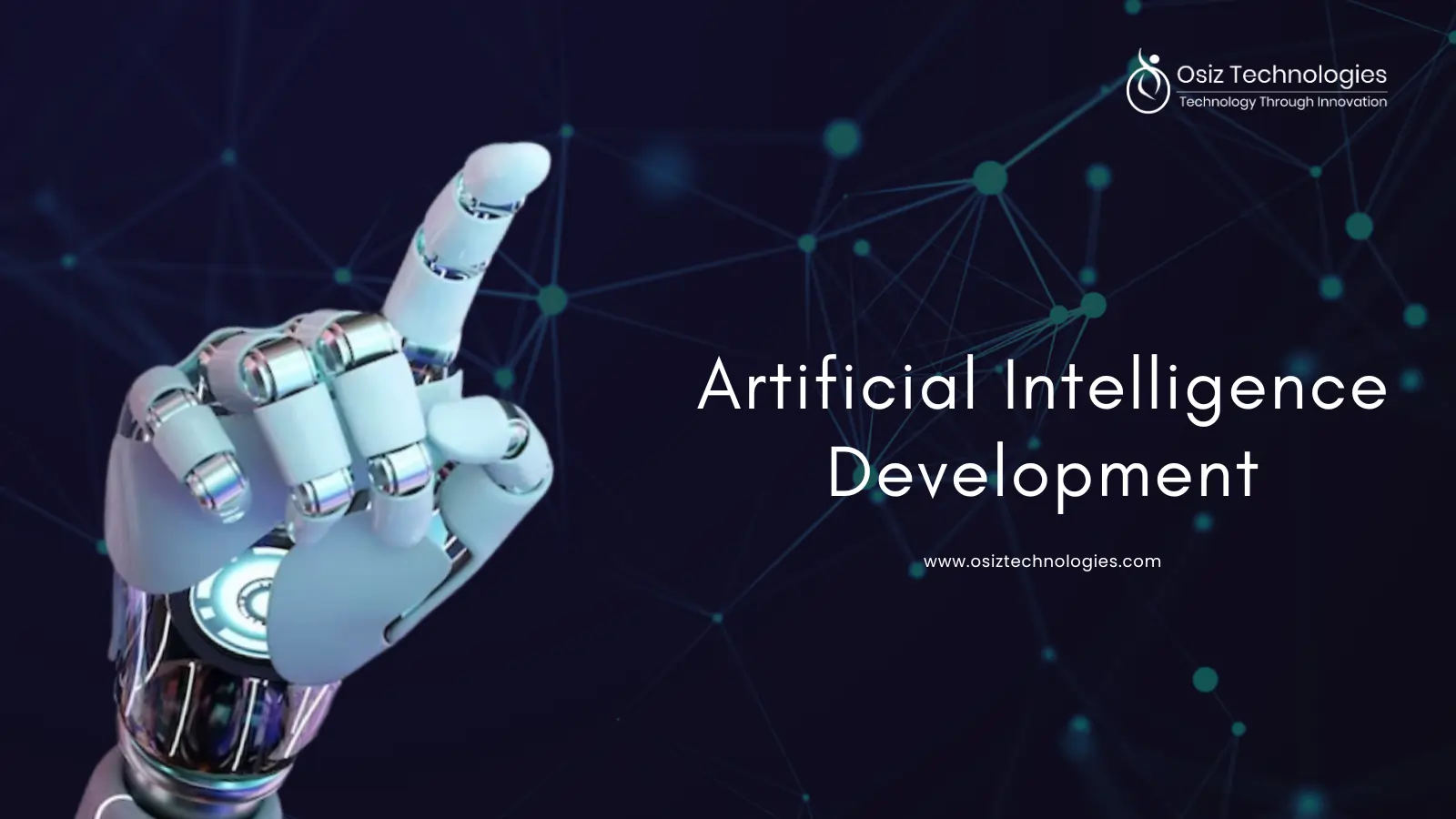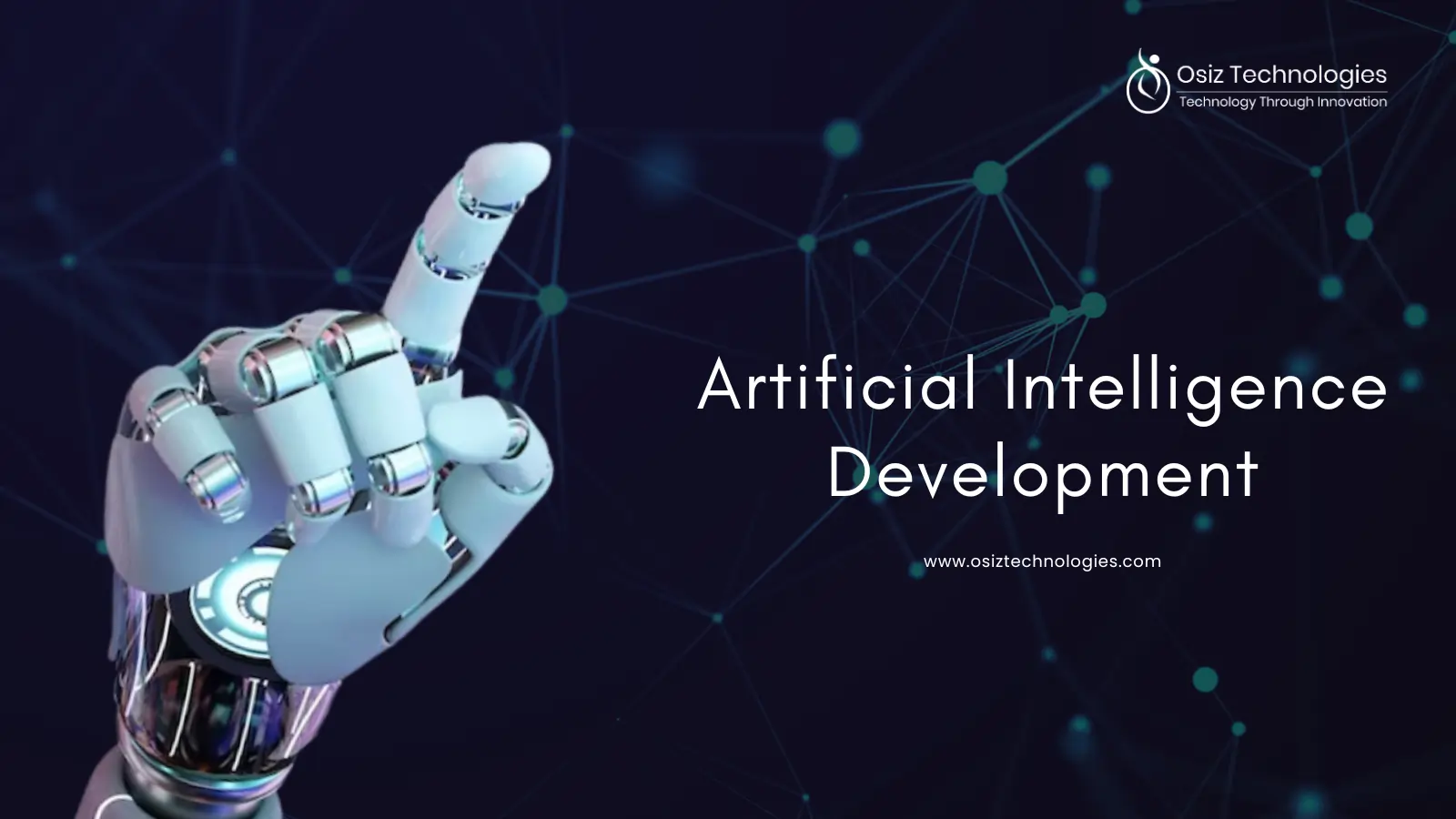In the rapidly evolving landscape of technology, AI-powered chatbots have emerged as invaluable tools for businesses seeking to enhance customer engagement and streamline operations. However, developing an effective chatbot requires more than just technical expertise; it demands a strategic approach that encompasses various best practices. This article explores the essential guidelines for creating chatbots that not only meet user expectations but also drive business success.
Understanding the Role of Chatbots
Chatbots serve as virtual assistants, capable of interacting with users in real-time through text or voice. They can handle a range of tasks, from answering frequently asked questions to facilitating transactions. By understanding their role, developers can better tailor chatbots to meet specific business needs.
Define Clear Objectives
Before diving into development, it’s crucial to define clear objectives for your chatbot. Ask yourself: What problems will it solve? Who is the target audience? Establishing these parameters will guide the design and functionality of the chatbot. For instance, if the goal is to enhance customer support, the chatbot should be equipped with comprehensive FAQs and troubleshooting capabilities.
Choose the Right Technology Stack
The technology stack you choose can significantly impact the performance and scalability of your chatbot. Popular platforms include Dialogflow, Microsoft Bot Framework, and Rasa. Each offers unique features, so it’s essential to evaluate them based on your specific requirements and the complexity of the chatbot.
Design a Conversational Flow
A well-structured conversational flow is vital for user satisfaction. Map out potential user interactions and create a logical flow that guides users seamlessly through their queries. Incorporate natural language processing (NLP) to enhance understanding and ensure the chatbot can interpret various user inputs effectively.
Implement Personalization
Personalization enhances user experience by making interactions feel more relevant. Utilize data analytics to tailor responses based on user behavior and preferences. For example, if a user frequently inquires about a specific product, the chatbot can proactively suggest related items or promotions.
Ensure Multi-Platform Compatibility
In today’s digital age, users interact with brands across various platforms. Ensure your chatbot is compatible with multiple channels, such as websites, social media, and messaging apps. This flexibility allows users to engage with the chatbot in their preferred environment, increasing accessibility and user satisfaction.
Test and Iterate
Testing is an integral part of chatbot development. Conduct user testing to gather feedback on the chatbot’s performance and identify areas for improvement. Use analytics to track user interactions and refine the chatbot’s responses over time. Iteration is key to maintaining relevance and effectiveness.
Focus on Security and Privacy
With increasing concerns over data privacy, it’s crucial to implement robust security measures in your chatbot. Ensure compliance with regulations such as GDPR and CCPA. Clearly communicate data usage policies to users, fostering trust and transparency.
Monitor Performance Metrics
Regularly monitor performance metrics to evaluate the chatbot’s effectiveness. Key performance indicators (KPIs) such as user engagement, resolution rates, and customer satisfaction scores can provide valuable insights. Use this data to make informed decisions about future enhancements.
Stay Updated with Trends
The field of AI and chatbots is constantly evolving. Stay informed about the latest trends and technologies to keep your chatbot competitive. Participate in industry forums, attend webinars, and read relevant publications to ensure your chatbot remains at the forefront of innovation.
Conclusion
Developing an AI-powered chatbot is a multifaceted process that requires careful planning and execution. By following these best practices, businesses can create chatbots that not only enhance customer experience but also drive operational efficiency. To ensure success, consider partnering with an experienced AI development company like Osiz Technologies to leverage their expertise and insights.
To know more details, visit our How to Build an AI Chatbot
Listen To The Article










